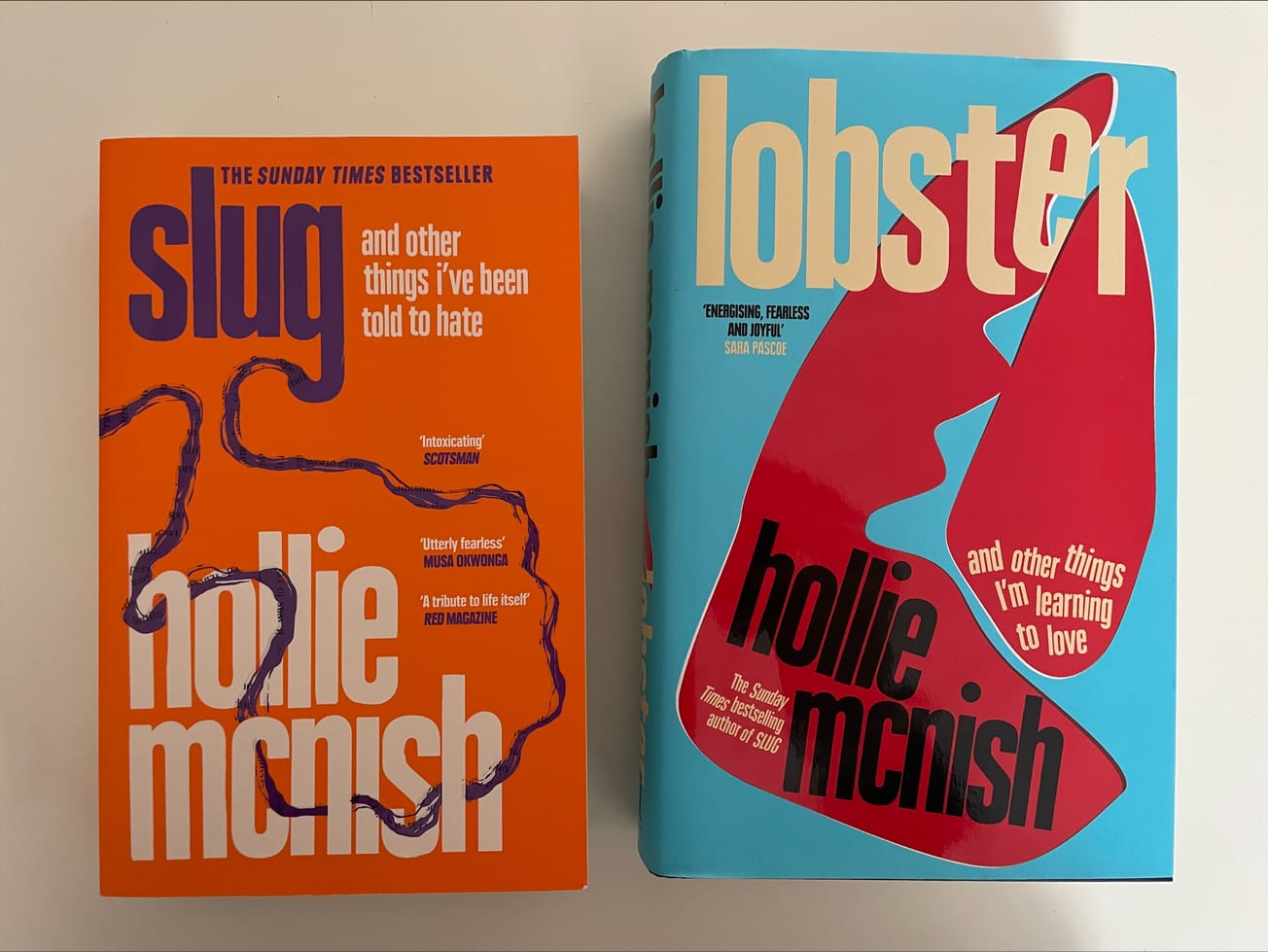By Charlie Gearon, MA English Literature
Charlie Gearon reviews 'Masters of Japanese Prints: Hokusai and Hiroshige' at Bristol Museum
In the preface to perhaps his most famous collection of works – One Hundred Views of Mount Fuji – Katsushika Hokusai wrote the following: ‘Nothing I produced before the age of seventy is worthy of note. Not until I was seventy-three did I begin to understand the structure of nature as it truly is. […] Thus, by the time I am eighty, I will have made some real progress. At ninety I will have fathomed the mystery of things; at a hundred I will surely have reached a phenomenal level, and when I’m a hundred and ten, everything I do, be it a dot or a line, will be alive’.
Hokusai clearly seemed to understand his own genius, even if his contemporaries generally didn’t. Along with Hiroshige, Hokusai was one of the leading proponents of ukiyo-e. The ukiyo-e school, unlike the classical Yamato-e style, was generally considered vulgar in the Edo period during which Hokusai was active. Ukiyo-e was predominantly concerned with everyday life: scenes of common people going about their day-to-day lives – working, praying, relaxing.
"the impressionistic use of colour, the attention given to intricate natural detail, the focus on the beauty of everyday life"
The aristocracy of Japan, as well as its artistic institution, generally found this subject matter tasteless, preferring instead classical depictions of tradition and ceremony. It was not until it was discovered by the European impressionists – Cassatt, Degas, Monet, and later van Gogh – that ukiyo-e began to be regarded as high art, finally proving Hokusai’s eccentric view of his own genius in his preface to Hundred Views to be true.
Even a cursory glance around the Master of Japanese Prints exhibit currently on display in Bristol Museum shows just how influential the work of ukiyo-e master Hokusai and Hiroshige were on European modernist painting. The impressionistic use of colour, the attention given to intricate natural detail, the focus on the beauty of everyday life: all of these elements are shared between the ukiyo-e woodblock prints on display and the work of the European masters of the late 19th/early 20th Centuries.
Loved this show of Hokusai and Hiroshige Japanese prints currently at Bristol Museum 😍 amazing compositions, angles and themes ..... feeling inspired ! #bristol #japaneseprints #printmaking #printmaker #woodcut @bristolmuseums pic.twitter.com/Ida5hJjcII
— Faith Chevannes (@FaithCArtist) October 7, 2018
Hokusai’s 'Three Women Viewing Cherry Blossom', a wide landscape print that starts the exhibit, displays three women in movement positioned to the far right of the frame. The asymmetrical composition and the clear focus on the movement of the female form can be seen mirrored in Degas’ Dancer paintings. Both works also possess an almost invasive, voyeuristic feel, and a sense of the paintings’ subjects being caught unaware.
One of Hiroshige’s finest works, 'Winter Snow on the Sumida River', can also be found in the exhibit. This fairly solemn work depicts a single man facing away from the viewer, punting a chokibune boat down the Sumida River. The narrow, portrait alignment of this print, and the focus on a single central subject placed within a natural landscape, seems to have influenced the composition of Monet’s 'Woman with a Parasol Turned to the Right'.
"it’s a must-see for fans of Japanese art"
Perhaps the most immediately striking work in the exhibit is Hokusai’s 'The Amida Falls in the Far Reaches of the Kisokaidō Road'. This print, perhaps more than any other on display, contains a very tangible element of surrealism. It portrays a waterfall, cascading down from a pool atop a cliff, with a trio of men relaxing in the foreground on a ledge jutting out in front of the water. The pool at the top of the frame, however, is displayed as a moonlike orb, with a cross-section of the cliff cut away to provide a better view of it. The lines of the moving water are still displayed, but in such a way that adds to the abnormality of the composition. This work shows Hokusai’s inventive and playful use of perspective, a trope that would be picked up and developed by the Post-Impressionists and Surrealists in the 20th Century.
Masters of Japanese Prints #detail #art #exhibition #bristolmuseumandartgallery #Clifton #bristol #japan #japanese #woodblock #prints #hokusai and #hiroshige https://t.co/X1FDdcavl2 pic.twitter.com/Upi3kVg9nw
— S.A.M. (@s__mahon) September 30, 2018
For a man who allegedly created over 3000 artworks over the course of his 89-year life, this exhibit can do little more than provide a brief snapshot into one particular facet of Hokusai’s artwork. Nonetheless, the works that are displayed convey a genuine and timeless influence and beauty. It’s a must-see for fans of Japanese art, as well as those who wish to better understand the artistic foundations of modern European visual art.
Featured image: Unsplash / JJ Ying
What are your thoughts on Hokusai and Hiroshige's prints? Let us know in the comments below or on social media.









